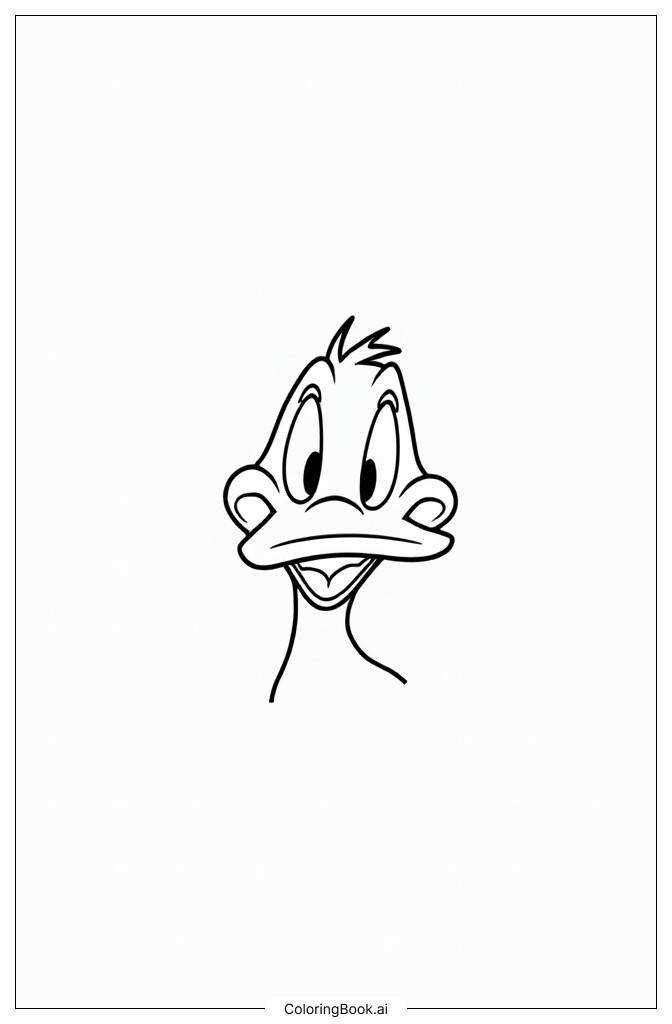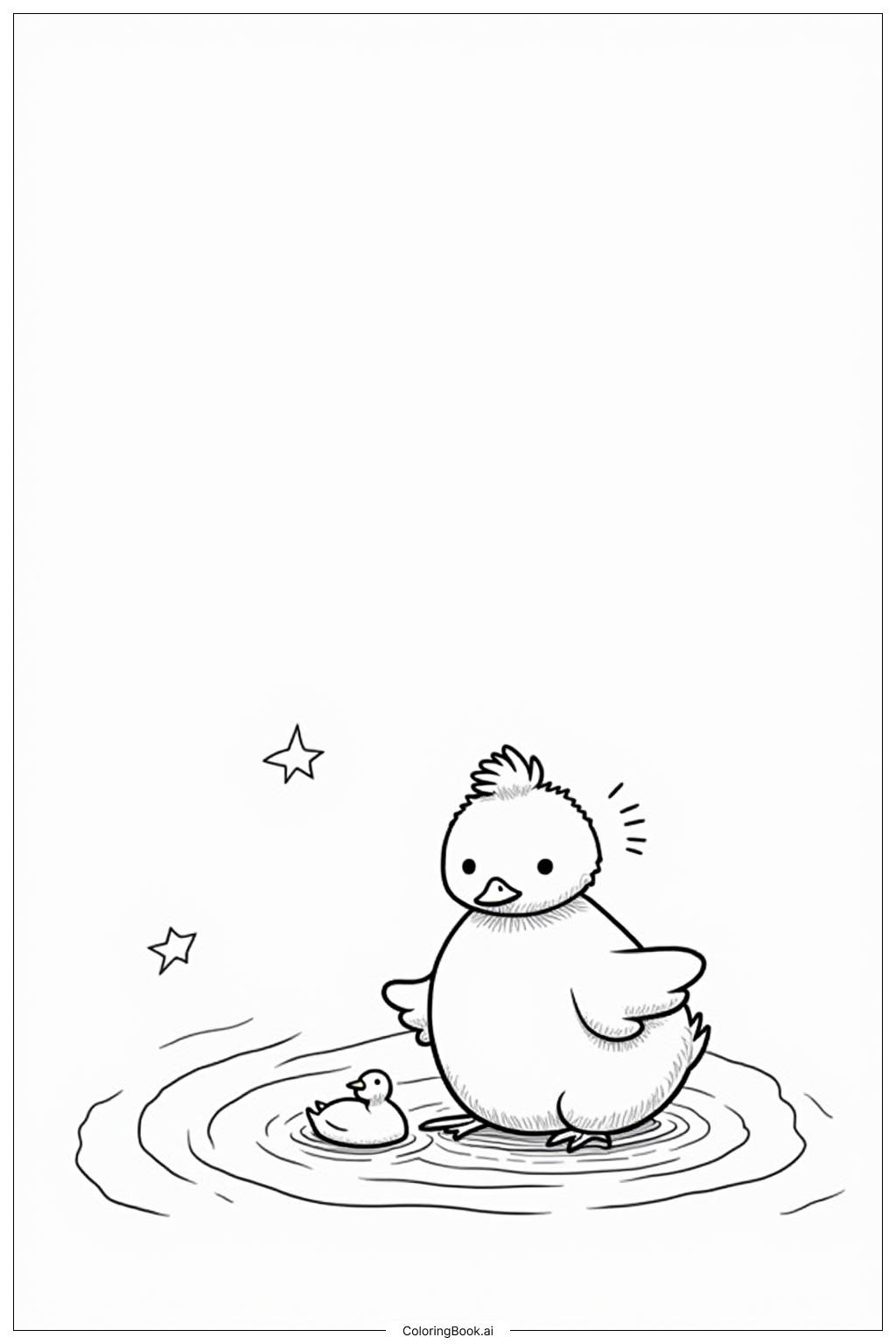Coloring tips: How to color A Single Capybara Floating In Water coloring page well?
Use light browns or tans for the capybara's body to match its natural colors. You can add darker shades around the ears, nose, and feet for some depth. Try using blue or light blue shades for the water to make it look fresh and cool. You can also add some green shades near the water edge to show plants or grass. Don't be afraid to mix colors gently to create a soft and natural look. Keep the coloring inside the lines for a neat finish, but you can be creative with adding highlights or patterns if you like.
Coloring challenges: Which parts are difficult to color and need attention for A Single Capybara Floating In Water coloring page?
1. Coloring the large, smooth body evenly might be challenging because many children may color too hard or unevenly. 2. Adding shading around the small features like the nose and feet requires care to avoid coloring outside the lines. 3. Coloring inside the narrow spaces between the legs may need a steady hand. 4. Making the water look like it's gently moving can be tricky, especially with just a simple wavy line. 5. Deciding how to color the capybara's closed eyes and facial expression might be difficult for some.
Benefits of coloring books: Advantages of drawing A Single Capybara Floating In Water coloring page
Coloring this capybara page helps children focus and improves their hand-eye coordination. It encourages creativity by allowing them to choose colors and try shading. The simple design lets young children practice staying inside the lines while also helping older kids explore blending and texture. This activity also teaches kids about animals and nature in a fun way, making coloring both educational and enjoyable.








